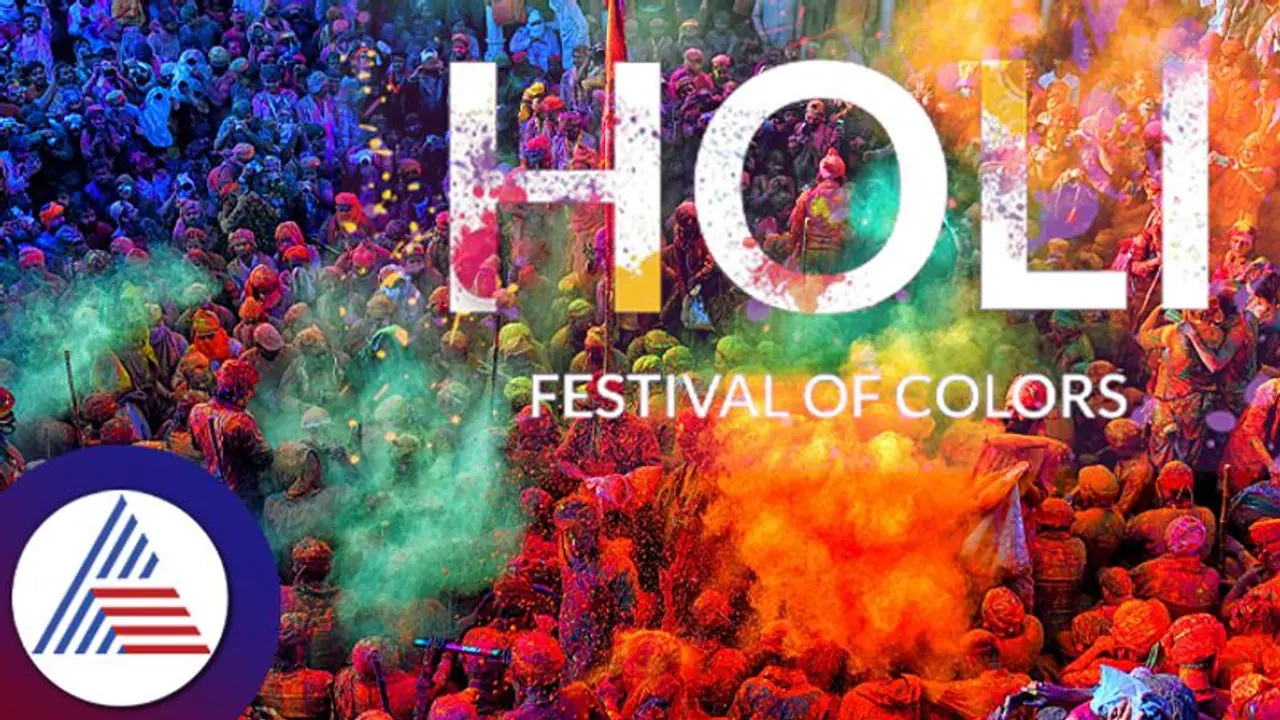Holi 2023 Date: When is Holi Festival in 2023? All you need to know about the festival of colours, including its history, importance, timing, and celebrations.
Holi is one of India's most vivid and cheerful celebrations. Its origins are linked to Hindu mythology. The event is thought to have originated from the legend of Prahlad, Hiranyakashipu and Holika. Holi is one of the most important Hindu celebrations. Holi, commonly known as the festival of colours, will be celebrated this year on March 8th. The celebration honours the victory of good over evil and celebrates the eternal love of Lord Krishna and Radha.

The event is usually held over two days in most areas. The first day is known as Jalanwali Holi, which is the day when the Holi bonfire is started. Rangwali Holi - the day when people play with colours - is celebrated on the second day.
The first day of Holi is also known as Chhoti Holi and Holika Dahan. Dhulandi or Dhulendi are other names for Rangwali Holi.
Also Read: Holi Special: ISKCON Temple to Prem Mandir, 5 temples to visit on THIS colourfull festival
Why do we celebrate Holi?
Holi, an ancient Hindu celebration that has now gained popularity among non-Hindu populations, symbolises the advent of spring after winter. It represents the triumph of good over evil and is celebrated as a day of sharing joy and love. The celebration is also used to express gratitude for a bountiful harvest.
Holi 2023: Date and Time
This year, India will celebrate the festival of colour - Holi - on March 8. At the same time, Holika Dahan will be observed on March 7 (a day before Rangwali Holi).
According to Drik Panchnag, the Purnima Tithi will begin at 4:17 PM on March 6 and end at 6:09 PM on March 7.
Purnima Tithi Begins - 04:17 PM on Mar 06, 2023
Purnima Tithi Ends - 06:09 PM on Mar 07, 2023
Holi History and Significance
Holi is one of our country's most vivid and cheerful celebrations. Its origins are linked to Hindu mythology. The event is thought to have originated from the mythology of Prahlad, Hiranyakashipu and Holika.
Hiranyakaship, also known as Hiranyakashipu, was a demon king, according to folklore. His son Prahlad was a devotee of Lord Vishnu. Hiranyakashipu was dissatisfied with his son's dedication. He taught his son not to worship Lord Vishnu but Prahlad did not heed his father. Hiranyakashipu attempted and failed several times to murder Prahlad. Holika, his sister, eventually tried to aid him by trapping Prahlad in the fire. Nevertheless, Prahlad was spared by Lord Vishnu's favour, whereas Holika was burned to death.
As a result, the Holi festival is celebrated as a symbol of good triumphing over evil.
Also Read: 5 Benefits of coconut water- from heart health to detoxifying the body and more
The second myth related to this occasion is about the eternal love of Lord Krishna and Radha. Lord Krishna is claimed to have originated the habit of playing Holi with his cowherd. According to folklore, playing Holi with colours is associated with Shri Krishna and Radharani. This is why, even today, the Holi celebration is celebrated uniquely and beautifully in Braj.
